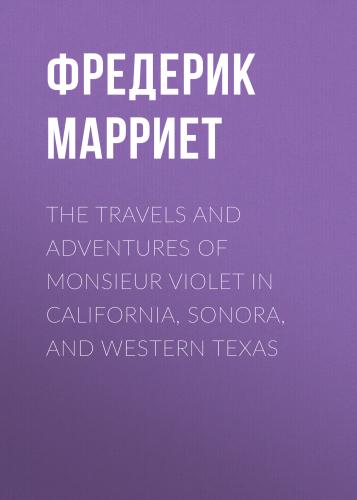They had come as journeymen with a small caravan going from St. Louis to Astoria. On the Green River they had been attacked by a war-party of the Black-feet, who had killed all except them, thanks to the Irishman's presence of mind, who pushed his fat companion into a deep fissure of the earth, and jumped after him. Thus they saved their bacon, and had soon the consolation of hearing the savages carrying away the goods, leading the mules towards the north. For three days they had wandered south, in the hope of meeting with some trappers, and this very morning they had fallen in with two French trappers, who told them to remain there and repose till their return, as they were going after game.
While they were narrating their history, the two trappers arrived with a fat buck. They were old friends, having both of them travelled and hunted with Gabriel. We resolved not to proceed any further that day, and they laughed a great deal when we related to them our prowess against the Crows. An application of bruised leaves of the Gibson weed upon the legs of the two sufferers immediately soothed their pain, and the next morning they were able to use Roche's and Gabriel's horses, and to follow us to Brownhall, an American fur-trading port, which place we reached in two days.
There we parted from our company, and rapidly continued our march towards the settlement. Ten days did we travel thus in the heart of a fine country, where game at every moment crossed our path. We arrived in the deserted country of the Bonnaxes, and were scarcely two days' journey from the Eastern Shoshone boundary, when, as ill-luck would have it, we met once more with our old enemies the Arrapahoes. This time, however, we were determined not to be put any more on dog's meat allowance, and to fight, if necessary, in defence of our liberty.
We were surrounded, but not yet taken; and space being ours and our rifles true, we hoped to escape, not one of our enemies having, as we well knew, any firearms. They reduced their circle smaller and smaller, till they stood at about a hundred and fifty yards from us; their horses fat and plump, but of the small wild breed, and incapable of running a race with our tall and beautiful Mexican chargers. At that moment Gabriel raised his hand, as if for a signal; we all three darted like lightning through the line of warriors, who were too much taken by surprise even to use their bows. They soon recovered from their astonishment, and giving the war-whoop, with many ferocious yells of disappointment, dashed after us at their utmost speed.
Конец ознакомительного фрагмента.
Текст предоставлен ООО «ЛитРес».
Прочитайте эту книгу целиком, купив полную легальную версию на ЛитРес.
Безопасно оплатить книгу можно банковской картой Visa, MasterCard, Maestro, со счета мобильного телефона, с платежного терминала, в салоне МТС или Связной, через PayPal, WebMoney, Яндекс.Деньги, QIWI Кошелек, бонусными картами или другим удобным Вам способом.
